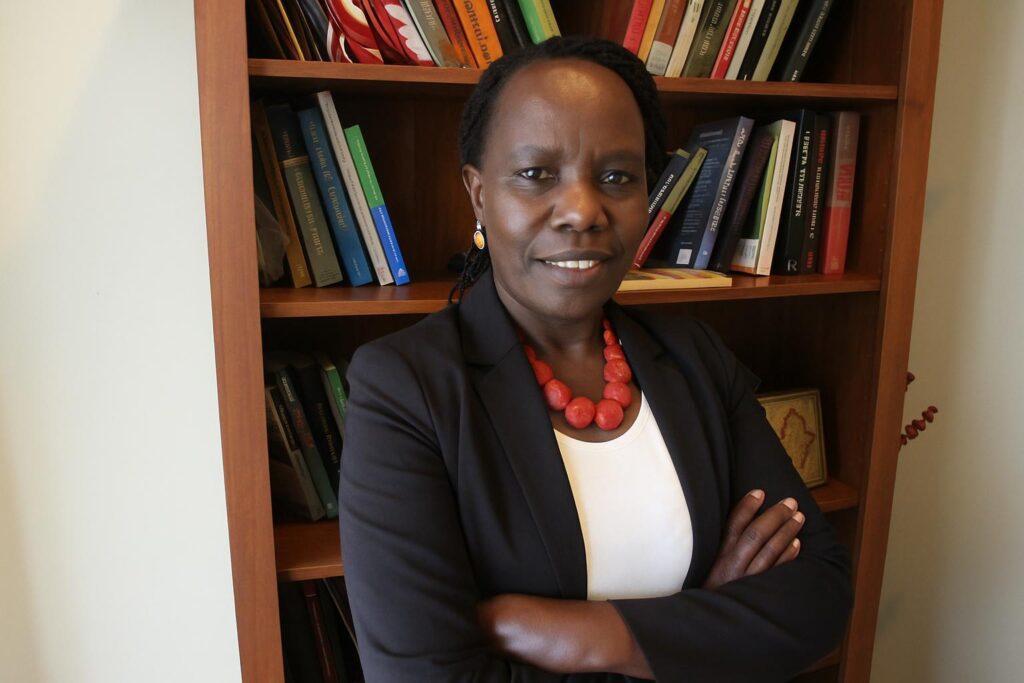Historic Bonds Between Nile Neighbours
South Sudanese links to Egypt stretch back to Turco-Egyptian rule and the joint Anglo-Egyptian administration, when students, traders and soldiers routinely crossed the Nile corridor. Post-independence instability in Khartoum and Juba later turned that corridor into an escape route for civilians fleeing war.
Defining Refugee Status Under International Law
Until the mid-1990s, Cairo viewed most South Sudanese as ordinary residents under the 1974 takamul integration accord, not as people in need of protection. The United Nations office therefore invoked the 1951 Convention to refuse their claims, leaving thousands stranded without a recognised legal identity.
International definitions matter. A refugee, under the 1951 Convention and 1967 Protocol, must show a well-founded fear of persecution. Meeting that standard opens doors to documentation, limited social services, and the distant hope of resettlement through UN quotas administered by host governments.
The 1994 Sit-in That Shifted Policy
Change arrived on 20 October 1994, when roughly twenty South Sudanese mothers staged a peaceful sit-in outside UNHCR’s Zamalek office. Though dispersed by police, the protest triggered petitions to Geneva. An assessment mission soon followed, and by late 1994 Cairo had begun processing South Sudanese applications.
Life As Urban Refugees in Cairo and Beyond
Egypt sides with an urban-refugee model; no formal camps exist. New arrivals must register with both the Interior Ministry and UNHCR, navigate multiple interviews, and pay residency fees. The resulting blue card offers some protection, yet many police officers reportedly question or ignore that document.
Without subsidised housing, South Sudanese households cluster in Cairo, Alexandria and industrial towns, renting modest flats alongside Egyptian neighbours. Faith communities, CARITAS and small NGOs provide patchy support, but most families rely on personal networks and precarious employment to cover rent, food, school fees and medical bills.
Economic Margins and Social Resilience
Women often clean homes or babysit for Egyptian and expatriate families, while men juggle construction shifts, street vending or seasonal farm work. Low wages, absent contracts and racial discrimination compound hardship. Yet remittances, community savings groups and evening schools reflect an enduring determination to craft dignified futures.
Dreams of Third-Country Resettlement
Many applicants still view Egypt as a transit point. Between 1995 and 2005, thousands departed for the United States, Canada or Australia through resettlement channels. Diaspora hubs in Nebraska, Minnesota and Victoria now finance scholarships, health projects and peace initiatives back home, illustrating circular benefits of mobility.
Claiming Rights, Not Charity
The 1994 sit-in remains a reminder that refugee status is secured through collective voice, not passive waiting. As one community leader in Cairo notes, “Paper follows protest.” For South Sudanese, the journey from invisibility to recognition underscores the power of organised, peaceful advocacy.


